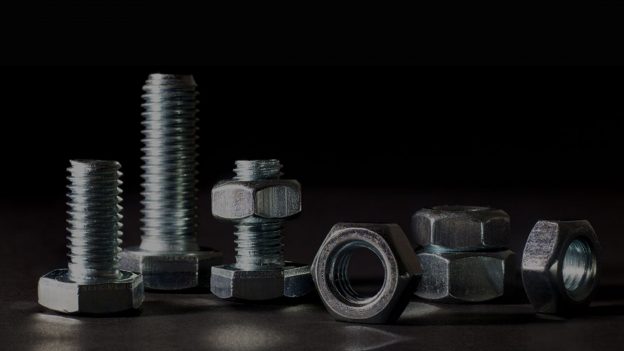Hexagon has become the most widely recognized shape in which bolts and nuts, and numerous other fasteners, are manufactured. Portrayed by the presence of six sides, hexagonal fasteners are utilized in varied assortments.
Nuts and bolts go together, and without any one of them, you can’t make strong and stable equipment. They are intended to reinforce together whatever they are holding. The nuts are the ones with the strung openings, and they are coordinated with bolts intended to fit specific ones.
You can find them in furniture, electrical appliances, building frames, toys, cars, and much more. Taking into account that different shapes exist, you may be wondering why most bolts and nuts are hexagonal.
Different Types of Nuts and Bolts
Various activities require various evaluations of nuts and bolts. Quality appraisals will tell you what sort of nuts and bolts you will require. For example, if you have a class 10.9 fastener, you will need a class 10 nut to help it and to abstain from depriving of the threading in the nut. The hexagonal shape generally gives more force through the granularity of points.
You will find that there are numerous kinds of nuts and bolts, including hex nuts, cap nuts, inserts, knurled nuts, lugs, and some more. Each type of nuts and bolts has an alternate reason that they are most appropriate for.
The Materials Used
Hexagonal nuts are used for joining mechanical materials and fixing the bolt safely. They are generally made a variety of from brass, stainless steel, galvanized chrome, and silicone bronze. Erosion safe materials, similar to stainless steel, comprising of 18% chromium and 5% nickel, otherwise known as 18-8SS, are among the most desirable ones. These are often used for outer regions.
Reason behind the Hexagonal Shape
Simple to Turn
Bolts and nuts are made in hexagonal shape since it makes them simple to turn. And hexagonal bolts and nuts are easy to use than other sorts of fasteners since they have six equals. With six sides, you need to turn a bolt only one-sixth to reach the next flat level. There are six flat equals, and when you fix a hexagonal bolt or nut, you should turn it past these flat equals. Because of their sides, hexagonal bolts and nuts require a turning range of only 30 degrees to arrive at the flat level equal.
To more likely see how a hexagonal shape expands the ease at which bolts and nuts turn, think about circular or square bolts and nuts. To fix a square bolt or nut, you need to turn it one-fourth of the way each time to arrive at the next level equal. Similarly, for the circular one, you need to complete a full circle, whereas hexagonal bolts and nuts require just one-sixth turning each time to reach the next flat level.
Globally Acknowledged
While the basic reason behind their shape is that it makes them simple to turn, that shape has likewise become a globally acknowledged norm. If a bolt or nut has more than six sides, it might break or crack. Thus, the hexagon has become the most driving shape wherein bolts and nuts are manufactured.
If bolts and nuts included a wide range of shapes, they wouldn’t be viable with one another. Businesses and consumers all through the world utilize hexagonal bolts and nuts. This has incited manufacturers to focus explicitly on making hexagonal fasteners and nuts.
In Closing
You can discover bolts and nuts in different shapes; however, none of them is more viable than a hexagon. The hexagonal shape diminishes the necessary turning distance, which makes bolts and nuts simpler to turn.

